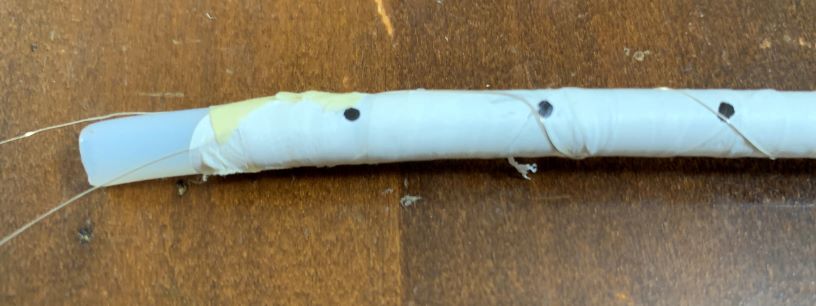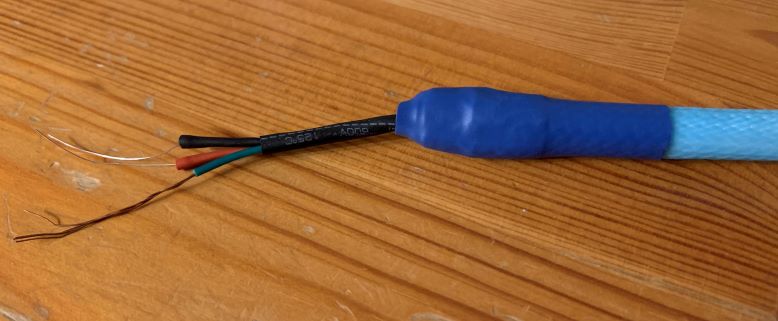Because they effect the sound.
Why Do Cables Matter?
To me, all you need is low L, C, and R. I run Mogami W3104 bi-wire from my McIntosh MAC7200 to my Martin Logan Theos. We all know that a chain is only as strong as its' weakest link - so I am honestly confused by all this cable discussion.
What kind of wiring goes from the transistor or tube to the amplifier speaker binding post inside the amplifier? It is usually plain old 16 ga or 14 ga copper. Then we are supposed to install 5 - 10' or so of wallet-emptying, pipe-sized pure CU or AG with "special configurations" to the speaker terminals?
What kind of wiring is inside the speaker from the terminals to the crossover, and from the crossover to the drivers? Usually plain old 16 ga or 14 ga copper.
So you have "weak links" inside the amplifier, and inside the speaker, so why bother with mega expensive cabling between the two? It doesn't make logical sense to me. It makes more sense to match the quality of your speaker wires with the existing wires in the signal path [inside the amplifier and inside the speaker].
- ...
- 467 posts total
The usual ignorance (willful, or otherwise). A FIRST PAGE replay:
|
Then too: the typical SS component's total internal wiring can be measured in scant inches (copper AWG or not/if any at all*) and thus: inconsequential. The combined total, internal wiring of my PTP wired, Cary valve monoblocks = 16". *Many have all inputs, outputs and AC/power supply, attached directly to their PC boards. |
Thank you for the inspiration.
Wait till you hear better sounding interconnects. You might then gladly part with money to own that sound. ☺ If you ever decide to purchase expensive cables, buy second hand. I got my AQ Fire RCA cables for 1/4 of the original price.
I found this tutorial for a DIY interconnects using silver wires with interesting aircoil design geometry aimd to achieve low L and C. TNT Aircoil MKII Interconnects
Tutorial for the building of TNT Aircoil MKII Interconnects
|
Better crossover components in speakers make a much bigger improvement in sound rather than replacing the internal wiring. Replacing the electrolytic capacitors in less expensive speakers with roll film caps or at least bypassing the bigger electrolytics with a small film capacitor is the biggest bang for the buck. I was doing that back in the 1990s. Better inductors and resistors in the crossovers will help too. Then after all that, internal wiring may or may not make a sonic difference. It is typically not too difficult to get to the crossovers in speakers. Film capacitors for a given value can be quite a bit larger than their electrolytic counterparts. That’s why sometimes it better to just put a small value film cap in parallel with the large valued electrolytic. Gain most of the improvement in sound that way. |
- 467 posts total



